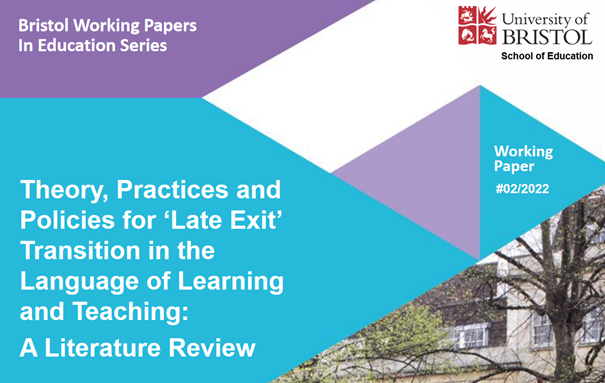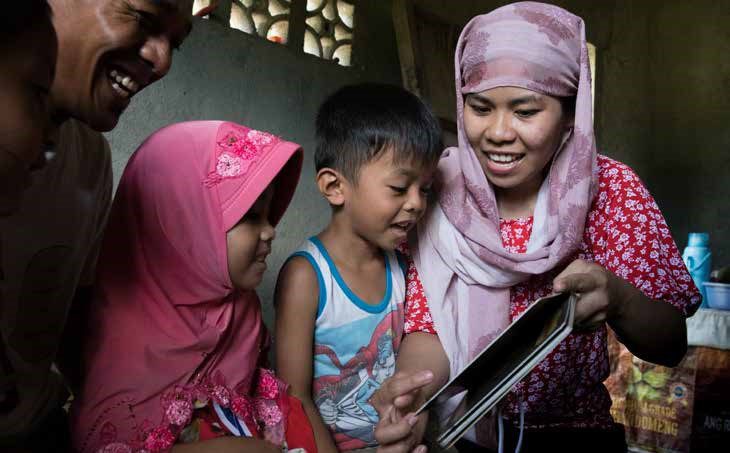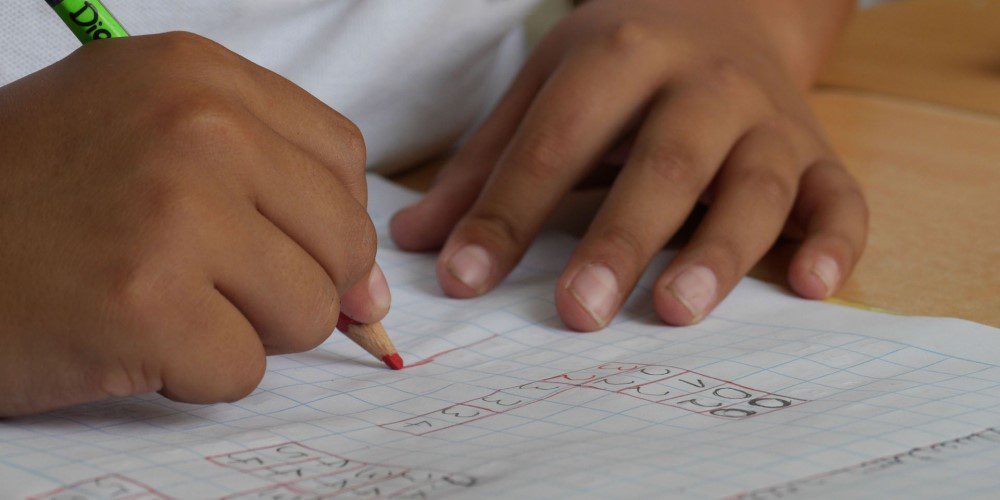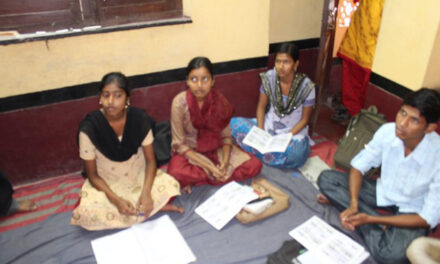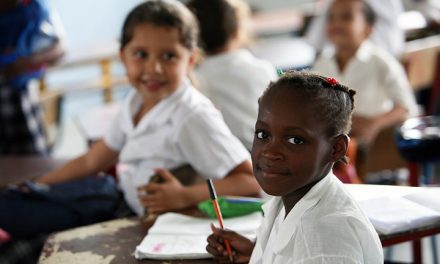This blog was written by Rachel Bowden and Angeline Barrett, School of Education, University of Bristol.
A recent World Bank report estimates that 370 million learners in low- and middle-income countries (LMICs) complete all or part of their basic education using an international/European/former colonial language (L2) as the official language of learning and teaching (LOLT). This is a major factor undermining educational quality and equity worldwide as earlier UKFIET blogs have argued (Pinnock, 2013; Sabates, 2020).
Research and advocacy have focused on the vital role of familiar language (L1) for foundational literacy and learning. As a result, the majority of countries in sub-Saharan Africa (SSA) provide for the use of L1 for at least the first three years of primary school. Most children transition to L2-LOLT during their primary education. In a very few countries transition happens later, in upper primary or lower secondary. We now know that learners are advantaged by using familiar language as the LOLT for at least seven years (Simpson 2009)
This still leaves many questions for research on LOLT transitions in distinct contexts. When (and whether) should transition in LOLT occur? What does transition that supports language and subject learning for all learners look like? What forms of pedagogy advance subject and language learning across a transition in LOLT? What support and resources do schools and teachers need to enable subject learning across a transition in LOLT? How can teachers and researchers work together to innovate pedagogic approaches that work for different groups of learners in different contexts? These are some of the questions being addressed by the project Evaluating Language Supportive Approaches to Transition at Scale (ELSATS).
ELSATS is a collaboration of three universities:
- University of Bristol, UK
- University of Dodoma, Tanzania
- Kotebe Metropolitan University in Addis Ababa, Ethiopia
The project is sponsored by the British Council. Research is being conducted in Ethiopia and Tanzania, where the majority of learners transition to English as the language of learning and teaching (LOLT) at the start of secondary school[i]. In both countries, less than 50% of young people enrol in secondary education, and LOLT transition seems to present a significant barrier to the SDG4 goal of inclusive and quality education up to and including lower secondary.
ELSATS has just published a literature review (Bowden & Barrett, 2022) to map key concepts used in theorising learning in multilingual contexts, to review evidence of the impact of LOLT transition, and to take stock of contemporary approaches to LOLT transition. Over 160 English language publications were consulted, including peer reviewed publications and grey literature. Here are some key conclusions:
Additive not subtractive transition
Much of the way we commonly talk about transition in LOLT is out of step with how sociolinguists now understand language learning and evidence on what works. Subtractive LOLT transitions are common across SSA, in policy at least. However, in the mind of the learner, there is no “exit” from L1, no “switch” that instantly shifts them from one language to another. Additional language does not replace or sit alongside previous language but forms part of a single, dynamic psycho-linguistic system. Additive and flexible models of multilingual education utilise and develop learners’ existing psycho-linguistic competence, with proven benefits for additional language and L2-LOLT subject learning. Subtractive models, in contrast, undermine key aspects of educational quality (e.g. school enrolment, attendance, promotion, completion, classroom interaction, home-school relationships, validity of examinations, utility of teacher CPD and textbooks). Negative impacts are more acute for disadvantaged learners, and so subtractive LOLT transitions exacerbate social inequality.
Focus on academic language across the curriculum
‘Languages’, in the sense of single, separate systems of vocabulary and grammar (e.g. Kiswahili or English) do not exist empirically. In practice, people use non-verbal and verbal language in flexible and integrated ways to construct social contexts, communicate meanings and perform identities. In education, it is inaccurate and unhelpful to refer to LOLT as a single entity. Instead, there are many different language forms and functions across school locations, subjects and levels. Specifying and explicitly teaching academic language benefits all students, and especially marginalised and multilingual learners. Enabling learners to use their existing linguistic and cultural resources for learning improves learning outcomes, including L2 learning and L2 LOLT subject learning. Different pedagogic approaches have developed across low- and high-income contexts, such as Content-Language Integrated Learning (CLIL), Content-based instruction (CBI), genre-based approaches, Language Supportive Pedagogy (LSP) and translanguaging.
Re-orienting perspectives, policies and practices
We infer that reorienting perspectives, policies and practices from subtractive to additive and flexible multilingual education will strengthen LOLT transitions. We present examples of pedagogical strategies and other educational approaches, which reflect additive and flexible perspectives and indicate areas for further research and development. Several imperatives emerge:
- Recognise L1 as a resource for lifelong learning and across the curriculum;
- Define and explicitly teach academic language, including skills, terms and genre, across the curriculum;
- Systemically support additive and flexible LOLT transitions through coherent policy, curriculum, teacher education and continued professional development (CPD), pedagogy, assessments and examinations, textbooks, school leadership and community engagement;
- Empower teachers to develop relevant approaches to strengthening LOLT transitions in relation to their students and subjects through opportunities for teacher collaboration and guided cycles of reflective practice; and
- Foster research-practitioner partnerships to develop and spread innovations in each of these areas.
Read the executive summary or the full literature review here.
[i][i] Mainly this switch occurs at the beginning of secondary school but in Addis Ababa in Ethiopia and the semi-autonomous islands of Zanzibar in Tanzania it starts in grade 5.

